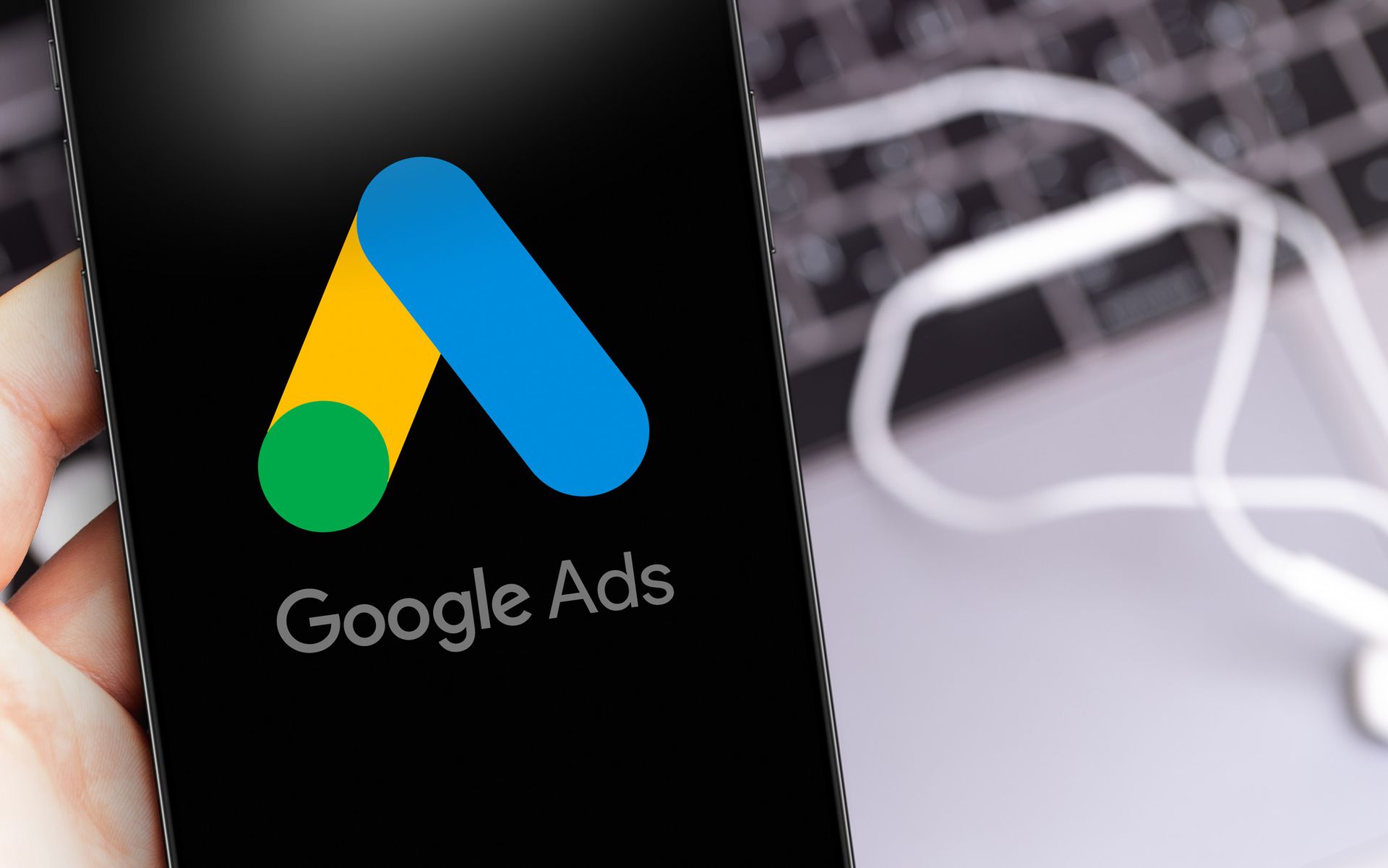How to Use Google Ads Remarketing to Re-engage Lost Customers
Every business faces it—the abandoned shopping cart, the uncompleted sign-up form, the potential customer who browsed your site and never came back. It’s frustrating, but there’s good news. With Google Ads Remarketing, you can turn those "lost opportunities" into paying customers.
This guide will walk you through the essentials of Google Ads Remarketing—what it is, why it works, and, most importantly, how you can use it effectively to re-engage lost customers and boost your ROI.
What is Google Ads Remarketing?
Google Ads Remarketing is a powerful advertising strategy that allows businesses to reconnect with users who’ve interacted with their website but didn’t convert. Whether they visited a product page, added an item to their cart, or spent time on your blog, remarketing ensures your brand stays top of mind by displaying tailored ads to these users as they browse other sites or use Google’s partner apps.
Why Does Remarketing Work?
The key to remarketing’s success lies in its ability to target a warm audience—people who have already expressed interest in your offerings. Here’s why it’s effective:
- Re-engages Prospects: Studies show that 97% of first-time visitors leave websites without taking action. Remarketing allows you to nudge them back.
- Boosts Brand Recall: By showing your ads repeatedly, potential customers remember your brand and are more likely to engage.
- Highly Customized Campaigns: You can hyper-focus your ads based on user behavior (e.g., people who left items in their cart receive tailored messaging to remind them).
Setting Up Your Google Ads Remarketing Campaign
Before jumping into remarketing campaigns, you’ll need to familiarize yourself with the process. Here’s a step-by-step guide to help get you started:
1. Enable Remarketing in Google Ads
To kick things off, you’ll need to enable remarketing within your Google Ads account:
- Under “Tools & Settings,” go to the Audience Manager section.
- Create a new audience list for remarketing. This could be visitors who didn’t purchase, users who reached specific landing pages, or even visitors who spent a significant time browsing.
2. Add the Google Ads Remarketing Tag to Your Website
For your ads to work, Google needs to track user behavior on your site. This is done via the remarketing tag (a piece of JavaScript).
- Install the tag on your site manually or via platforms like Google Tag Manager.
- Once placed, the tag will start collecting data on user activity, which is vital for creating audience segments.
3. Build Audience Segments
It’s important to group your website visitors based on their actions so that you can craft relevant ads. For example:
- Cart Abandoners: Users who added items to their cart but didn’t check out.
- Product Page Visitors: Visitors who clicked on specific products but didn’t make a purchase.
- Blog Readers: People who consumed informational content but didn’t take further action.
You can set custom rules to target these audiences separately.
4. Create Engaging Ad Content
Remarketing ads should be personalized and action-oriented. Here’s how to craft yours for maximum impact:
- Highlight Benefits: Remind users what they’re missing out on. For cart abandoners, showcase the product with a friendly nudge.
- Include a Strong CTA: Example—“Haven’t checked out yet? Complete your order now and get free shipping!”
- Use Eye-Catching Visuals: Whether it’s a dynamic carousel ad or a stunning banner, grab attention quickly.
- Offer Incentives: Sweeten the deal with discounts or limited-time offers.
5. Choose the Right Remarketing Method
Google offers several remarketing options:
Standard Remarketing
Show ads to previous visitors as they browse Display Network websites and use Google apps. This is the most common approach for general re-engagement.
Dynamic Remarketing
Level up with ads tailored to each user’s behavior. For example, a user who viewed “running shoes” will see ads for that exact product, reminding them of what caught their interest initially.
Video Remarketing
Re-engage users through YouTube ads when they’re most engaged with entertainment or informational content.
Search Remarketing
Target past visitors in Google search results. When they search terms related to your business, your ads will appear at the top.
App Remarketing
Remind users to re-open and engage with your mobile app.
Experiment with these methods based on your campaign goals and audience behavior.
Best Practices for Effective Remarketing
Getting started is only half the battle. To make your remarketing campaigns truly shine, follow these tried-and-true best practices:
1. Segment Your Audience Thoughtfully
Don’t use a one-size-fits-all approach. Split your audience into meaningful segments (e.g., returning visitors vs. cart abandoners) and tailor messages accordingly.
2. Cap Ad Frequency
Nobody likes feeling stalked. Set caps on how often your ads appear to avoid overwhelming or annoying potential customers.
3. Leverage Time-Sensitive Offers
Creating urgency fuels action. Use phrases like “24 hours left!” or “Exclusive deal ends soon!” to encourage quick responses.
4. Continuously Monitor & Adjust Campaigns
Analyze the performance of your ads regularly. Pay close attention to metrics such as CTR (click-through rate), CPC (cost-per-click), and conversion rates. Adjust underperforming ad creatives or audience targeting as needed.
5. Revisit Your Landing Pages
Ensure landing pages tied to your remarketing ads are optimized for conversions. Consistency between the ad message and the landing page is essential.
Measuring the Success of Your Remarketing Campaigns
To gauge the success of your efforts, track these critical KPIs:
- Conversion Rate: How many users completed the desired action after interacting with your ad.
- Return on Ad Spend (ROAS): The revenue earned compared to the total spent on ads.
- Bounce Rate (from landing pages): A low bounce rate indicates relevance between your ad and your landing page.
- Audience Engagement: Monitor how often your ads are clicked by segmented audiences to understand their appeal.
Why Google Ads Remarketing is Crucial for Lost Customers
Remarketing serves as a lifeline to re-engage potential customers who’ve already shown interest in your brand. By targeting warm leads rather than cold audiences, your business can not only maximize its ad budget but also significantly improve the likelihood of conversions.
Imagine the opportunities if even 10% of people who abandoned carts on your site returned and made a purchase. The long-term value of that customer base is too significant to ignore.
Take Action Today
Re-engaging lost customers doesn’t have to be an uphill battle. Google Ads Remarketing empowers your brand to stay relevant and get back in front of potential customers when it matters most.
If you’re unsure where to start, this guide is your playbook. Now it’s time to take action, experiment with creative campaigns, and watch your business conversions grow.
Ready to take your brand to the next level?
Start implementing these tips today, and watch your conversions soar. For any further assistance, Luminary Mark is here to help. Our team of experts specializes in crafting strategies that will help you thrive in the complex world of marketing.
Are you looking for a digital marketing agency in Pennsylvania? We provide customized strategies, including SEO, social media, PPC, and content creation, to help your business grow and stand out. Contact us today to achieve your goals and outshine the competition!









